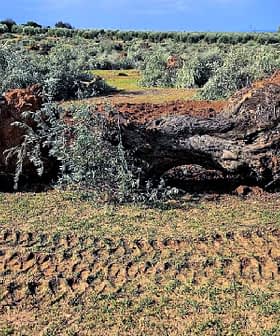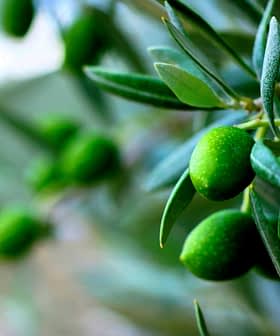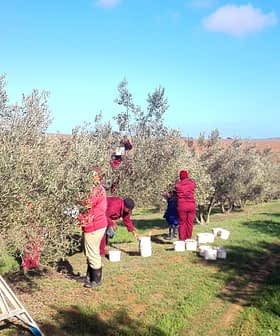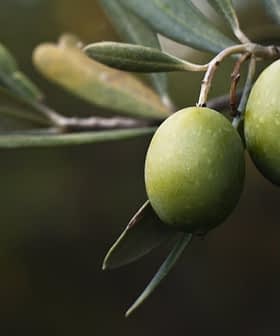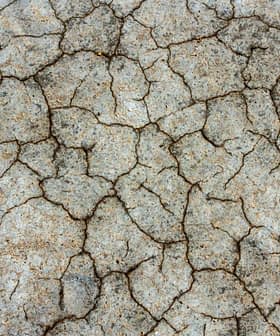Western Europe Scorched by Unprecedented June Heatwave

Western Europe experienced its hottest June on record in 2025, with two significant heatwaves causing “very strong heat stress” in countries like Portugal and Spain, impacting olive oil production. While the extreme temperatures have not yet had a dramatic effect on the upcoming harvest, a prolonged summer of extreme heat could lead to a lower national olive yield and impact olive oil production.
Western Europe experienced its hottest June on record in 2025, according to the European Union’s Copernicus Climate Change Service, exceeding the previous record set in 2003.
Two significant heatwaves resulted in “very strong heat stress” across large swatches of southern and western Europe, including the olive oil-producing countries of France, Portugal and Spain.
Copernicus reported that Portugal, the world’s sixth-largest olive oil producer, experienced “extreme heat stress” in June, with feels-like temperatures reaching 48 ºC. Meanwhile, neighboring Spain, the world’s largest producer, faced its hottest June in 64 years.
See Also:Global Temperatures Expected to Rise 2ºC by 2030“June 2025 saw an exceptional heatwave impact large parts of western Europe, with much of the region experiencing very strong heat stress,” said Samantha Burgess, the strategic lead for climate at the European Center for Medium-Range Weather Forecasts.
“This heatwave was made more intense by record sea surface temperatures in the western Mediterranean,” she added. “In a warming world, heatwaves are likely to become more frequent, more intense and impact more people across Europe.”
According to data from Copernicus, Europe is the fastest-warming continent, with average temperatures rising at twice the global average.
The service attributed faster warming in Europe to shifting weather patterns that bring more frequent heatwaves, reduced air pollution allowing more solar radiation to reach the surface and its proximity to the rapidly warming Arctic.
The current heatwaves have come at a delicate moment for olive growers in the three countries, which combined to produce an estimated 1.6 million metric tons in the 2024/25 crop year, accounting for 47 percent of total global production.
However, Juan Vilar, the chief executive of the Jaén-based olive oil consultancy Vilcon, said this year’s extreme temperatures have not impacted the olive groves as severely as the intensely hot and dry conditions in 2022 and 2023, which resulted in two historically low harvests.
“To be clear: heat does affect olive trees, but it usually doesn’t have much impact, except when it comes with wind,” Vilar said. “Despite the heat waves, I’ve been out visiting the olive groves, and so far I haven’t seen any serious effects.”
“Also, rainfall has been plentiful and the soil still retains some moisture,” he added. “So, while [the extreme temperatures are] not ideal, it hasn’t had a dramatic effect on the upcoming harvest yet. If this were combined with a series of other negative factors, it could have harmful consequences, but for now, that hasn’t happened.”
While noting that abundant winter rainfall has replenished aquifers and will enable irrigated olive groves — which account for 30 percent of the country’s total — to water as needed, Vilar warned that a prolonged summer of extreme heat could still reduce the harvest.
“After a certain point, the olive tree protects itself. To enter this self-defense mode, it drops the olives,” Vilar said. “This would lead to a lower national olive yield, which would have a negative impact on olive oil production.”
